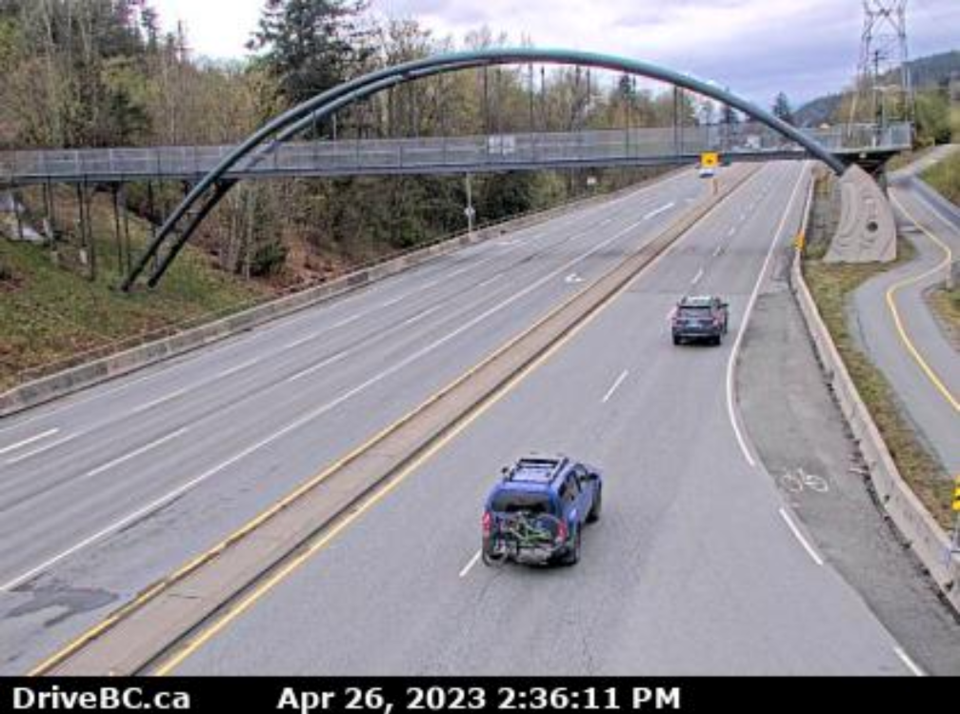Many of us drive Highway 99 through the Sea to Sky Corridor on the regular.
Some of us also check the cams religiously to see what traffic is like before we head out, but how much do drivers know about the eyes on the road above them?
Along the Sea to Sky Highway, there are 13 provincial government web cameras that deliver 33 views. Among the 13 cameras are those at Lions Bay and the several in and around Whistler up to Alpine Way, according to the Ministry of Transportation and Infrastructure.
Here are some other quick facts from the ministry you (probably) didn't know.
1. The mountainous terrain in the corridor doesn’t have significant impacts on webcam operations, as wireless communication and power availability are strong. “However, in other areas across the province, terrain and remoteness can have significant impacts. These can play a part due to availability of proper communication infrastructure, available power supply, weather effects and ability to get to and service them,” a spokesperson for the ministry told The ߣ������.
2. Though bears and other wildlife are spotted in and around town quite often, the ministry spokesperson said the corridor isn’t known for seeing much wildlife on the webcams.
The, however.
In more remote locations, deer and bears are often spotted.
3. Highway webcams are replaced once they begin to fail. Some cameras are still operating after 15 years, but five to eight years of life is more typical.
“Associated equipment like communications and power equipment can also fail sooner than that. Cleaning is done by local area maintenance or electrical contractors on an as-need[ed] basis.” the spokesperson said.
4. On very rare occasions when the imagery of a crash or other incident is graphic and an operator notices it, the image may be turned off out of sensitivity, the ministry spokesperson said.
The decision to do this is left to the discretion of the on-duty operator at the moment, but .
5. The cameras produce a series of still images taken at intervals ranging from two to 20 minutes, depending on the location, available power, and bandwidth.
“The ministry does supply the imagery to police and other law enforcement agencies if requested within a month. However, it is rare for the images to be of much value as the quality is deliberately reduced to meet privacy requirements,” the spokesperson said.






